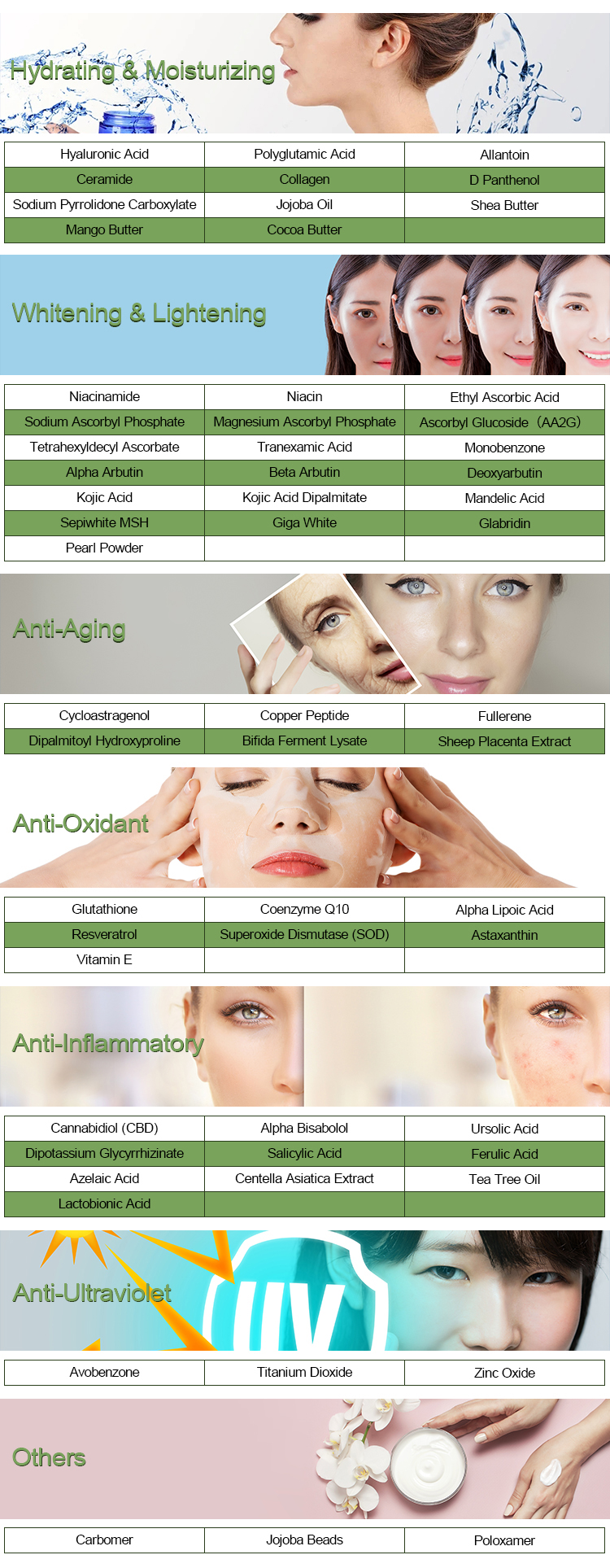Ferulic acid can be determined using several analytical methods. The most common ones include:
1. High-Performance Liquid Chromatography (HPLC)
- Principle: This is one of the most widely used techniques for determining ferulic acid due to its high sensitivity and precision.
- Procedure: A sample is dissolved in a suitable solvent, injected into the HPLC system, and separated through a column under high pressure. The ferulic acid is detected via UV-Vis detection, typically at wavelengths around 320 nm.
- Advantages: High specificity, accuracy, and the ability to detect small concentrations of ferulic acid.
2. UV-Vis Spectrophotometry
- Principle: This is based on the absorbance of light by ferulic acid in the ultraviolet (UV) and visible regions of the electromagnetic spectrum.
- Procedure: The sample is dissolved in a solvent, and its absorbance is measured at specific wavelengths (usually around 320 nm for ferulic acid). A calibration curve is prepared using known concentrations of ferulic acid.
- Advantages: Simple, cost-effective, and quick, but not as sensitive as HPLC.

3. Gas Chromatography-Mass Spectrometry (GC-MS)
- Principle: GC-MS is used for the separation and identification of volatile compounds. Ferulic acid can be derivatized into a volatile compound to be analyzed.
- Procedure: The sample is derivatized (if needed), injected into the GC system, separated, and identified based on the mass spectrometer’s analysis.
- Advantages: High sensitivity and specificity for the identification and quantification of ferulic acid.
4. Capillary Electrophoresis (CE)
- Principle: A technique that separates compounds based on their size-to-charge ratio in an electric field. Ferulic acid is separated in an electrolyte-filled capillary, and detection is usually achieved by UV or fluorescence.
- Advantages: High resolution, low sample volume, and fast analysis.
- Thin Layer Chromatography (TLC)
- Principle: TLC is a simpler, qualitative method that can be used for the detection of ferulic acid in mixtures.
- Procedure: A sample is applied to a thin layer of stationary phase (usually silica gel), and the compounds are separated by applying a mobile phase. The spot corresponding to ferulic acid is visualized under UV light or after spraying with a reagent.
- Advantages: Inexpensive and simple, but not suitable for quantification.
6. Enzyme-Linked Immunosorbent Assay (ELISA)
- Principle: An immunological assay method where antibodies specific to ferulic acid are used for its detection.
- Procedure: The sample is added to a well coated with an antibody that binds specifically to ferulic acid. Detection is based on a color change after the addition of a substrate.
- Advantages: Sensitive and specific, but not as widely used for this compound.
7. Fluorometric Method
- Principle: Ferulic acid can exhibit fluorescence under certain conditions. This method uses the fluorescence of ferulic acid or its derivatives.
- Procedure: A sample is irradiated with UV light, and the emitted fluorescence is measured at a specific wavelength.
- Advantages: Sensitive and selective.

Summary:
- HPLC is considered the gold standard due to its accuracy and versatility.
- UV-Vis spectrophotometry is widely used for routine analysis due to its simplicity and cost-effectiveness.
- GC-MS is suitable for volatile compounds, offering high sensitivity for identifying ferulic acid in complex matrices.
- TLC is a basic, inexpensive method for qualitative analysis.
The choice of method depends on the specific requirements, such as sensitivity, sample matrix, and available equipment.
